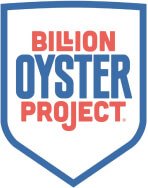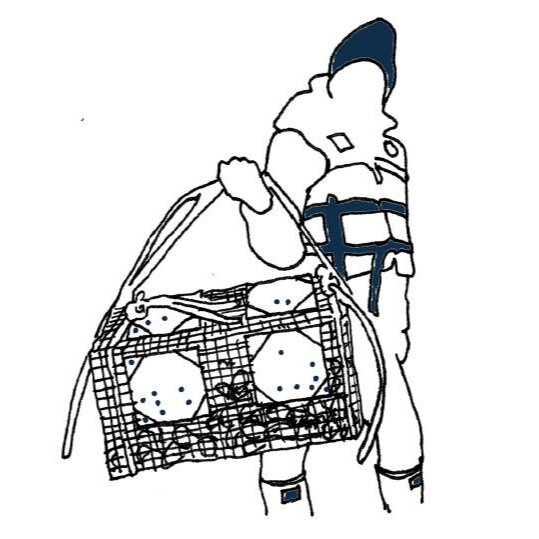FREQUENTLY ASKED QUESTIONS
What oyster restoration projects do you have going on right now?
We are building oyster reefs and oyster nurseries across New York Harbor. By 2024, we hope to scale our capacity to restore 100 million juvenile oysters per year — on our way to introducing one billion oysters by 2035!
Can anyone visit Billion Oyster Project’s reefs and nurseries?
Yes! We are thrilled to host volunteers days on Governors Island and at our Community Reefs from early April through late October. You can view our volunteer opportunities here, and subscribe to Billion Oyster Project’s newsletter for updates.
How many schools do you work with?
We currently work with more than 100 New York City schools. These schools are incredibly important to the work we do and reinforce our belief in the power of restoration through education and education through restoration. Check out our Educators page to learn more.
How do you work with New York City restaurants?
Prior to the outbreak of COVID-19, we partnered with 75 restaurants in Brooklyn, Manhattan, and Queens to divert their oyster shells from landfills, and restore them to New York Harbor. Learn more about how recycled shells are becoming the foundation for restored oyster reefs. As of 2023, we are collecting thousands of pounds of clam, scallop and oyster shells from about 60 restaurants. Since the program started, in 2015, we have collected more than two million pounds of shells for reuse in our oyster reef restoration work.
Can we eat the oysters out of New York Harbor?
That’s a hard no. New York City heavily relies on a combined sewage overflow (CSO) system. This means that during rain events the stormwater that enters our sewer system exceeds the capacity of local wastewater treatment plants. As a result, excess stormwater runoff, domestic sewage, and industrial wastewater is discharged directly into the Harbor. That fact, combined with other persistent pollutants in our waterways, makes local oysters harmful to digest.
I eat oysters and other shellfish at home. Can I recycle my shells?
Yes you can! To make sure your shells are properly cured before entering the water, drop them in our collection bin at the River Street Farm compost site located at River Street Farm Collective (105 River Street) in Williamsburg, Brooklyn. We accept oyster shells, hard clam shells, and scallop shells. Drop-off hours are: Tuesday (10am - 1pm), Friday (9am - 1pm), and Saturday (10am - 1pm).
Please DO NOT throw your shells into your nearest waterbody. Uncured shells from shellfish purchased for consumption, contain foreign pathogens and remains which can disrupt our native ecosystem and potentially harm restored oyster populations.
What are the challenges you face restoring oysters in New York Harbor?
We are trying to do something new! Oysters used to be plentiful in New York Harbor, but were virtually extinct by the early 1900s. With no large-scale precedent for restoring oysters in New York Harbor, we are learning as we “grow.” Restoring oyster reefs requires permission from local, state, and federal agencies. These permits are not only challenging to obtain, but require us to reduce the scale of our installations.
Water quality in New York Harbor is improving, but many pollutants persist, such as heavy metals. In addition, untreated wastewater from New York City is dumped into the Harbor almost every time it rains. As we restore oysters to New York Harbor, we need to be very careful that people don’t eat them. (see CSOs above).
Do you have plans to expand the Billion Oyster Project outside of New York Harbor?
Not at the moment. With a goal of restoring one billion oysters to New York Harbor, we’ve got our work cut out for us in and around New York City’s five boroughs.
How can I start something like this in my own community?
This is a great question but also a difficult one! Every site is different - from geography to legislation, so we don’t have a one-size fits all answer. However, if you’re willing to start small, check out our Oyster Garden Manual for Teachers which educators around NYC have used to start their own research stations.
How can I get involved in Billion Oyster Project?
Be one of the one million people engaged in the effort to restore one billion oysters to New York Harbor. Subscribe to Billion Oyster Project’s e-newsletter, and follow our progress on Twitter, Instagram, Facebook and LinkedIn.
Come volunteer with us on Governors Island or at a Field Station. We also invite community scientists to contribute to our work.
Are you an educator? Learn more about Billion Oyster Project’s STEM curriculum, professional development workshops, and more.
Become a Billion Oyster Project member or donate to our work!



